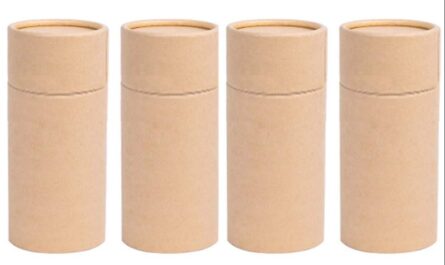Glass packaging refers to bottles and jars made from glass that are widely used for packaging food items, beverages, pharmaceuticals, and personal care products. Glass packaging offers advantages such as excellent barrier properties that retain flavor, aroma, and integrity of the contents. It is non-toxic, inert, and 100% recyclable. With the rising demand for premium and premiumized products, glass packaging market is gaining traction due to the aesthetic appeal and premium perception offered by glass packaging.
The global Glass Packaging Market is estimated to be valued at US$ 63.8 billion in 2023 and is expected to exhibit a CAGR of 3.7% over the forecast period 2023 to 2030, as highlighted in a new report published by Coherent Market Insights.
Market key trends:
Growing consumption of alcoholic beverages: Alcoholic beverage packaging usually involves glass bottles as they offer premium perception and branding opportunities compared to alternatives. Rising disposable incomes and changing lifestyle in emerging economies are fueling the consumption of alcoholic beverages such as beer, wine, and spirits. This is a key factor propelling the demand for glass packaging from beverage industry players. Moreover, glass packaging offers the critical barrier properties to retain the aroma, taste and quality of alcoholic beverages over long shelf-life. The superiority of glass in alcoholic beverage packaging compared to PET and cans is anticipated to drive the glass packaging market over the forecast period.
SWOT Analysis
Strength: Glass packaging offers aesthetic appeal, which attracts customers. It is recyclable and provides barrier against air, moisture, and bacteria.
Glass packaging is extremely durable and can withstand external pressure. Glass is inert and does not react with the packaged food & beverage contents.
Weakness: Glass packaging is heavy compared to alternative packaging materials like plastic. This increases logistics and freight costs.
Glass is brittle and prone to breakage during transit, posing a safety hazard. The energy required for glass production is relatively high.
Opportunity: Growing demand for premium and sustainable packaging from food & beverage industries presents an opportunity. Increasing awareness about single-use plastics presents an opportunity for glass packaging.
Threats: Stiff competition from alternative packaging materials like plastic and aluminium packaging. Fluctuations in raw material prices impact glass production costs.
Key Takeaways
The global glass packaging market is expected to witness high growth over the forecast period of 2023 to 2030. The market size is projected to reach US$ 63.8 billion by 2024, witnessing a CAGR of 3.7% during the forecast period.
Regional analysis: Asia Pacific dominates the global glass packaging market and is expected to continue its dominance over the forecast period. Rapid economic growth and rising disposable incomes in countries like China and India are driving demand for packaged food and beverages. Increasing number of local and foreign investments in the food processing industry in Asia Pacific also supports growth of glass packaging.
Key players: Key players operating in the glass packaging market are Ardagh Group, Owens-Illinois Inc., Vidrala SA, Vetropack Holding AG, BA Vidro, Gerresheimer AG. Ardagh Group is one of the largest manufacturers of glass packaging globally. Owens-Illinois specializes in glass bottles for premium spirits. Vitro is a leading manufacturer of glass containers in Latin America.
*Note:
1.Source: Coherent Market Insights, Public sources, Desk research
2.We have leveraged AI tools to mine information and compile it


